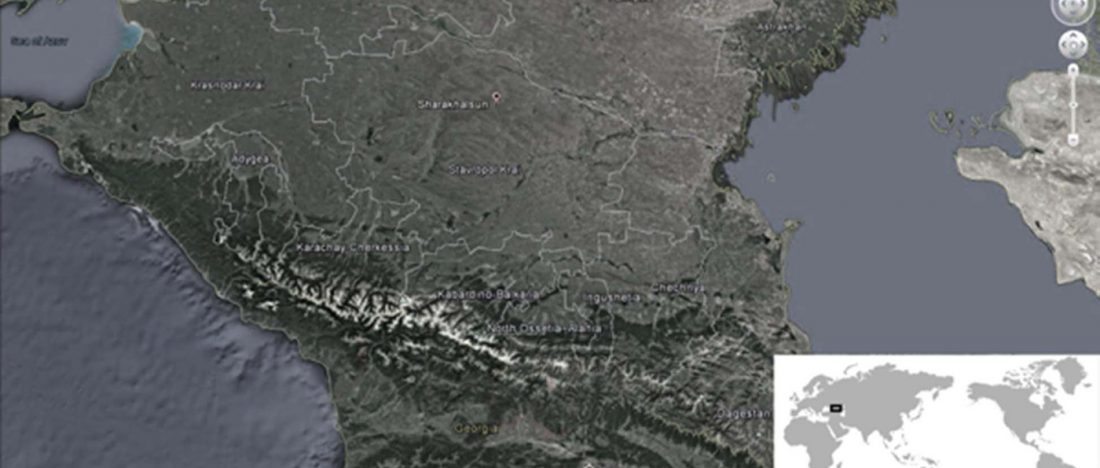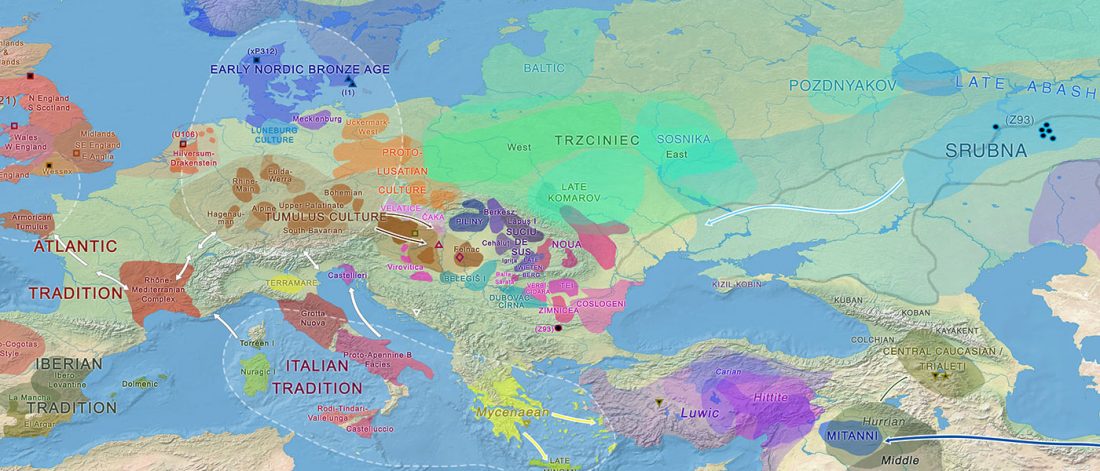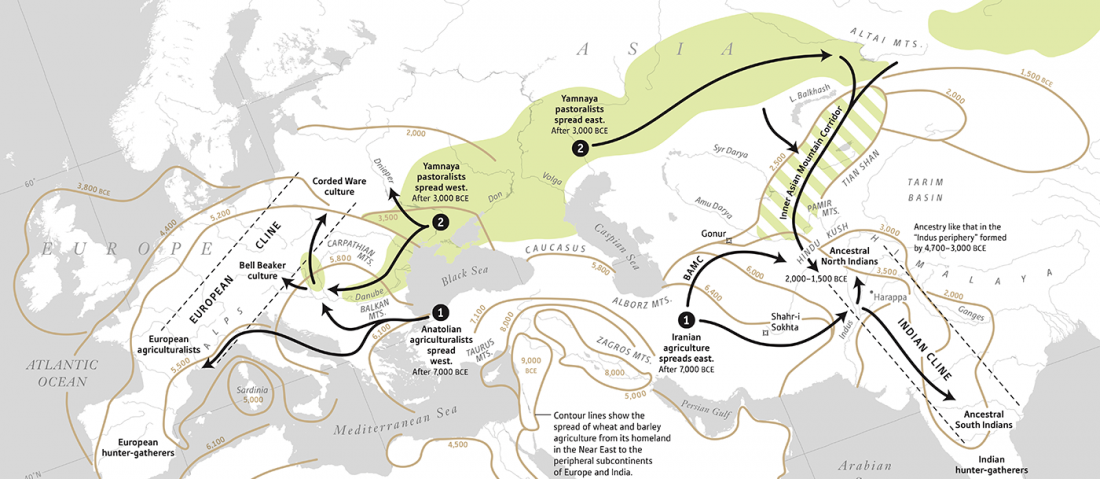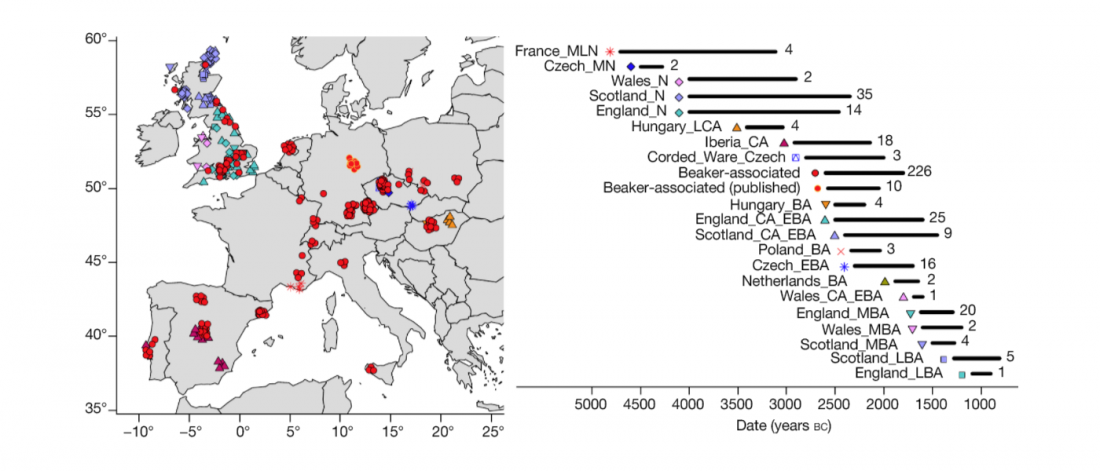An accident at work? Traumatic lesions in the skeleton of a Yamna “wagon driver”
Interesting article posted now free at ResearchGate:
An accident at work? Traumatic lesions in the skeleton of a 4th millennium BCE “wagon driver” from Sharakhalsun, Russia, by Tucker et al. HOMO – Journal of Comparative Human Biology (2017).
Excerpts (emphasis mine):
… Read the rest “An accident at work? Traumatic lesions in the skeleton of a Yamna “wagon driver””The cemetery site of Sharakhalsun 2 is located approximately 160 km east of Stavropol in the north Caucasus region of Russia [see featured image]. It comprises a linear alignment of mounds situated on the right side of the river Kalaus near the Manych water reserve. This area was a focus of burial activity from the late 5th







